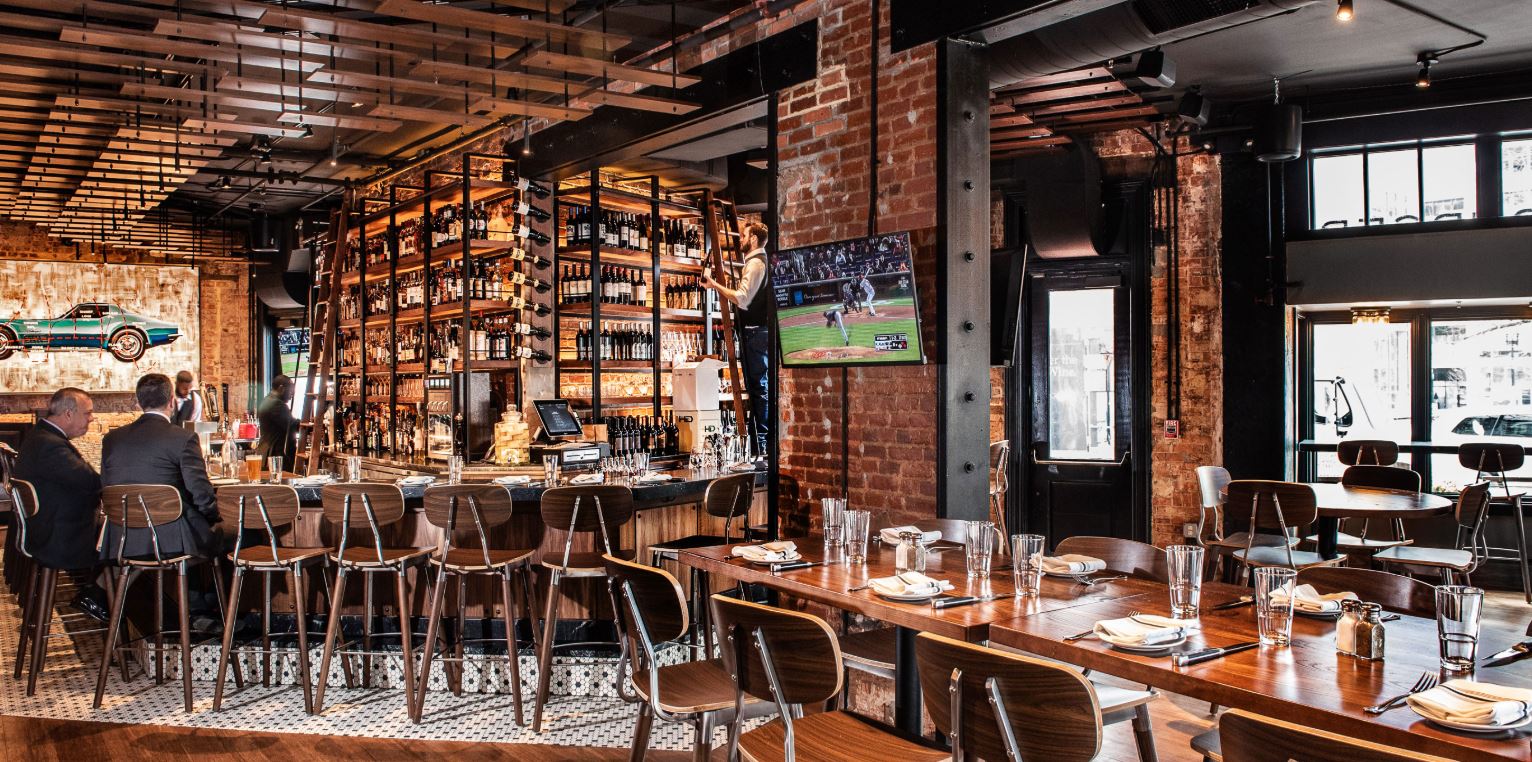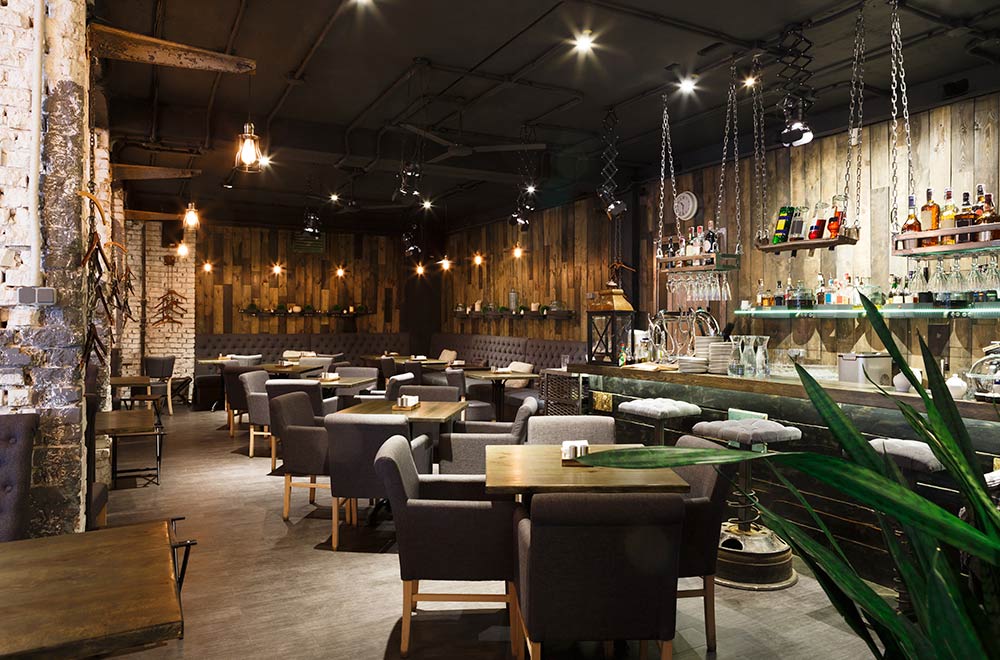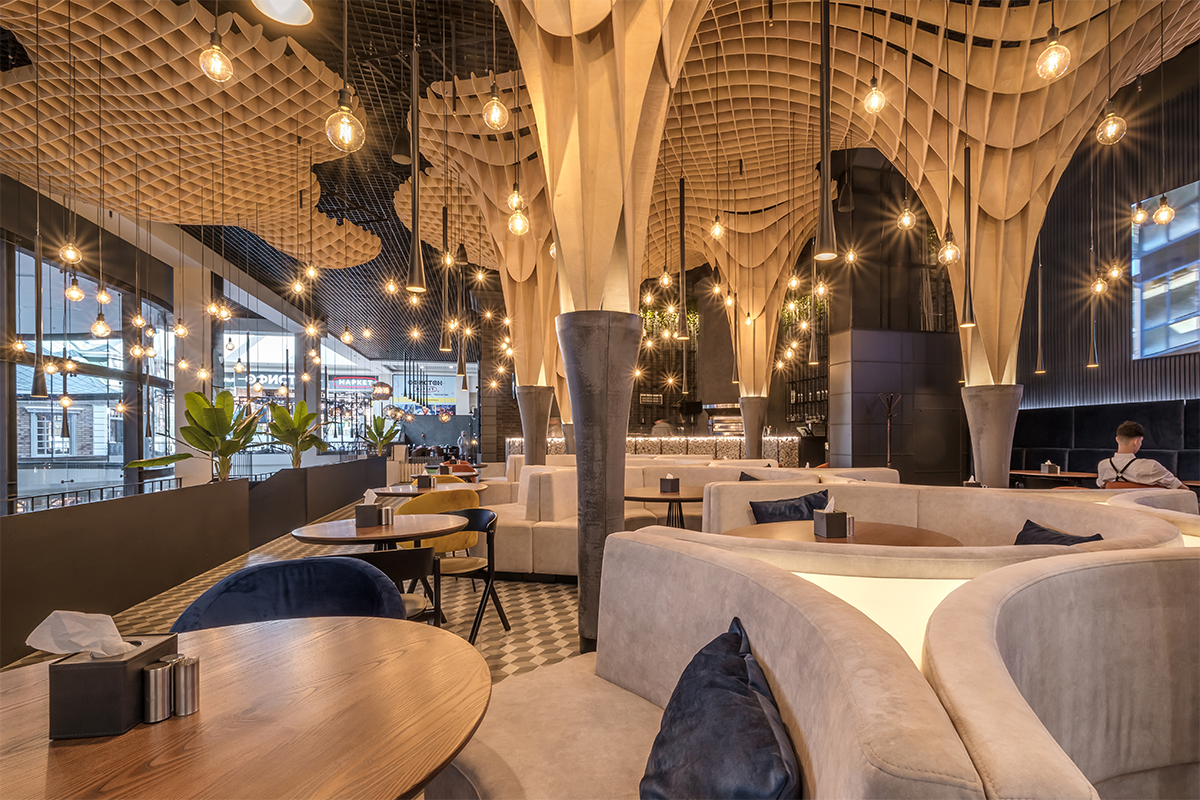Pan Asian Restaurant Islamabad: Discover Exquisite Asian Food
Pan Asian Restaurant Islamabad: Discover Exquisite Asian Food
Blog Article
Savor Authentic Eastern Cuisine With a Pan-Asian Spin for a Cooking Adventure
Starting a culinary trip with authentic Oriental food, boosted with a Pan-Asian spin, provides an one-of-a-kind opportunity to discover the rich tapestry of flavors that specify the area's varied cooking traditions. This experience invites you to relish the splendid balance of preferences-- wonderful, salted, spicy, and sour-- integrated by fragrant natural herbs and spices. Think of the ingenious fusion of Thai curry and ramen or the unforeseen joy of sushi burritos. As you consider these tempting dishes, consider the cultural stories and historic impacts that form them, each bite offering a story waiting to be discovered.

Exploring Pan-Asian Flavors
In the world of worldwide gastronomy, Pan-Asian food attracts attention for its exceptional diversity and the unified interplay of tastes from various Asian societies. This culinary strategy commemorates the special ingredients and rich practices found throughout the continent, developing a tapestry of tastes that is both appealing and enjoyable. Secret to Pan-Asian food is its ability to stabilize contrasting tastes-- pleasant, salty, spicy, and sour-- while highlighting the quality and quality of each component.
From the umami-rich soy sauce of Japan to the fiery chili peppers of Thailand, Pan-Asian cuisine offers a considerable palette of tastes. These aspects are commonly incorporated in innovative methods, boosting recipes with layers of intricacy. For instance, making use of great smelling herbs such as lemongrass and cilantro, usual in Vietnamese and Thai food, adds a refreshing illumination to recipes, while the unification of coconut milk provides a luscious, rich structure.
The focus on fresh produce and fragrant seasonings guarantees that each dish is not only a feast for the taste buds yet likewise for the detects. Pan-Asian cuisine welcomes restaurants to start a cooking trip, discovering the huge and varied landscapes of Asian gastronomy with every bite.
Combination Recipes to Try
While Pan-Asian cuisine is celebrated for its standard tastes, the modern culinary landscape is increasingly embracing combination recipes that blend these classic components with influences from other regions. This ingenious approach not just honors the rich heritage of Eastern cooking arts but additionally presents novel preference experiences that appeal to contemporary tastes.
An archetype of such a fusion recipe is the Korean-Mexican taco, where marinaded bulgogi beef is covered in a warm tortilla, covered with kimchi and a hot gochujang-infused salsa. This mix weds the vibrant, mouthwatering tastes of Korea with the lively, fresh elements of Mexican cuisine. Likewise, sushi burritos have actually obtained popularity, amalgamating the delicate artistry of Japanese sushi with the hearty, hand-held convenience of a burrito, commonly including blend ingredients like tempura shrimp and avocado with a drizzle of wasabi mayo.
One more noteworthy dish is Thai curry ramen, which infuses the velvety, fragrant seasonings of Thai curry into the calming broth of standard Japanese ramen, creating a harmonious blend that tantalizes the senses. These blend meals prolong past simple uniqueness; they represent a culinary discussion between societies, encouraging expedition and innovation in the world of Pan-Asian food.
Essential Components and Flavors
To genuinely appreciate Pan-Asian cuisine, one must understand the vital ingredients and spices that develop its foundation. This varied culinary style draws from a rich tapestry of Eastern practices, using an unified blend of structures and flavors.
Aromatic elements are essential, with garlic, lemongrass, and ginger being ubiquitous throughout numerous Pan-Asian recipes. These components give a fragrant base that enhances the complexity of flavors. Flavors such as star anise, cardamom, and cinnamon present warmth and character, resembling impacts from areas like China and India.

Food Preparation Methods and Tips
Grasping the art of Pan-Asian cuisine calls for experience with its distinct cooking strategies, each adding to the vibrant tapestry of flavors this cooking practice is celebrated for. Central to these methods is the stir-fry, a quick cooking method that preserves the dietary integrity and dazzling colors of active ingredients. Making use of a wok, the stir-fry approach permits even warmth distribution, crucial for attaining the characteristic appearance and taste balance of Pan-Asian dishes.
Another essential method is steaming, especially prevalent in Chinese food. This mild technique maintains the natural tastes and nutrients of ingredients, making it optimal for fish and shellfish and veggies. Dumplings, a cherished staple, commonly gain from steaming, causing soft, delicious appearances.
Barbecuing, additionally essential, presents great smoky midsts to recipes such as Oriental bulgogi or Japanese yakitori (pan asian dining Islamabad). This strategy commonly includes marinading active ingredients, enabling tastes to pass through deeply before food preparation over an open flame or hot plate
Finally, understanding the art of balancing tastes-- pleasant, sour, salted, bitter, and umami-- is essential. Properly layering these components can raise a dish from normal to remarkable, using a complex and satisfying culinary experience that symbolizes the significance of Pan-Asian food.
Dining Experiences Worldwide
Across the globe, Pan-Asian food supplies an exceptional eating experience, commemorated for its rich tapestry of tastes and vivid discussions. This culinary sensation has gone beyond cultural limits, capturing the hearts and tastes of food fanatics worldwide. In multicultural cities like New York, London, and Sydney, Pan-Asian dining establishments function as melting pots where culinary traditions from Thailand, find more Japan, China, and past converge, offering diners with an eclectic mix of dishes that highlight the region's diversity.
The worldwide charm of Pan-Asian cuisine depends on its ability to use both credibility and development. Cooks masterfully wed conventional active ingredients such as lemongrass, soy sauce, and miso with contemporary methods, causing dishes that are both refreshingly brand-new and familiar. This combination permits diners to start a culinary trip that values heritage while welcoming modernity.
Moreover, eating experiences are raised through attentively made atmospheres that show the This Site values of Pan-Asian aesthetics. From minimalist Japanese-inspired interiors to lively Thai-themed rooms, each dining establishment offers a special atmosphere that enhances the cooking offerings. Because of this, patrons are not simply eating a dish yet partaking in a social experience, making Pan-Asian eating an absolutely global phenomenon.
Final Thought
The expedition of Pan-Asian food provides a profound understanding of the intricate interaction of tastes and cooking customs across Asia. By welcoming blend recipes such as Thai this contact form curry ramen and sushi burritos, the culinary journey not just highlights the flexibility of typical active ingredients but also showcases cutting-edge contemporary techniques. This gastronomic experience, improved by cooking methods and necessary seasonings, supplies a distinct opportunity to value the multiculturalism and culinary artistry that specify Pan-Asian cuisine on an international scale.
Embarking on a cooking journey through genuine Asian cuisine, enhanced with a Pan-Asian spin, provides an one-of-a-kind possibility to discover the abundant tapestry of flavors that specify the area's varied cooking practices.In the realm of worldwide gastronomy, Pan-Asian food stands out for its exceptional diversity and the unified interplay of flavors from different Oriental cultures. Trick to Pan-Asian food is its capability to balance different flavors-- sweet, salted, spicy, and sour-- while highlighting the quality and high quality of each active ingredient.

Report this page